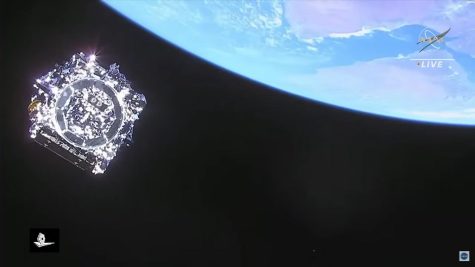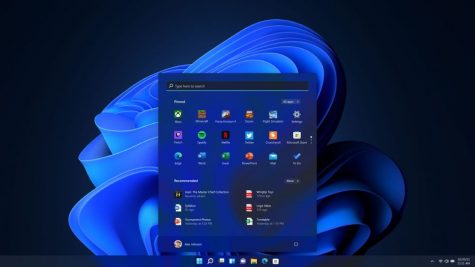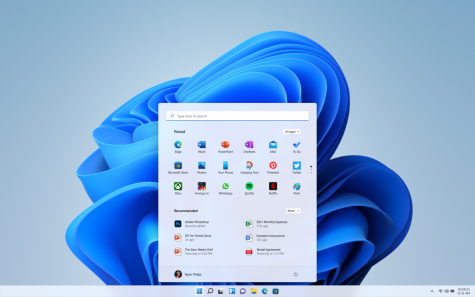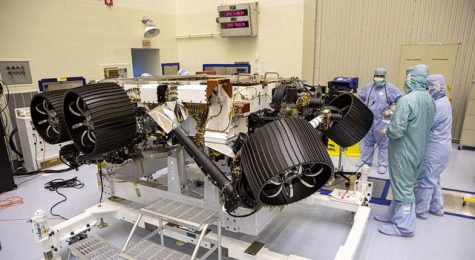Interstellar comet heading for inner solar system this December
Hubble Timelapse of Interstellar Comet 21/Borisov
Comet 21/Borisov as observed by the Hubble Space Telescope. The comets speed and trajectory is interstellar. Borisov is gliding through the inner solar system. “Though another star system could be quite different from our own, the fact that the comet’s properties appear to be very similar to those of the solar system’s building blocks is very remarkable,” commented Amaya Moro-Martin from the Space Telescope Science Institute in Baltimore, MD.
October 23, 2019
Comet 21/Borisov has arrived in our Solar System. The comet now named after it’s discoverer, 21/Borisov is now projected to enter the outskirts of the inner solar system, right outside of the orbit of Mars. From 7.73039e+13 mile journey, its closest approach to the sun will arrive on December 8, 2019, where it will then leave our Solar System forever. Evan Gough, a writer for Universe Today, explained, “Boris only the second object we’ve observed that’s come into our Solar System from somewhere else in the galaxy, and the Hubble snapped photos of it speeding along at about 177,000 kph (110,000 mph.)”

Amateur Astronomer, Gennady Borisov discovered the first-ever interstellar comet through daily observations of the sky, with Astronomical Officials confirming such an observation.
Max Mutchler, a Hubble Telescope Observer states, “New comets are always unpredictable. They sometimes brighten suddenly or even begin to fragment as they are exposed to the intense heat of the Sun for the first time. Hubble is poised to monitor whatever happens next with its superior sensitivity and resolution.” Astronomers are not exactly sure what Comet 21/Borisov’s origin story is, though astronomers from the Space Research Centre of the Polish Academy of Science and A. Mickiewicz University analyzed data, as well as, used computer simulations to trace back a point of origin- released by a new study from Cornell University on 21/Borisov- now convinced that the origin of the Interstellar comet lies 13.15 light-years away in the Binary red-dwarf system of Kruger 60.
The visitation of Comet 21/Borisov, are generally unpredictable, it may be decades or centuries before we may observe another celestial event. Don Lugo students will be disappointed to know that the comet, sadly, will not be visible to the naked eye, because Comet 21/Borisov will be too faint to see. According to MIT, “The comet will speed past Jupiter, about 500 million miles away, and continue on its path back into interstellar space.” For now, the Hubble Telescope is our best option for a glimpse.












